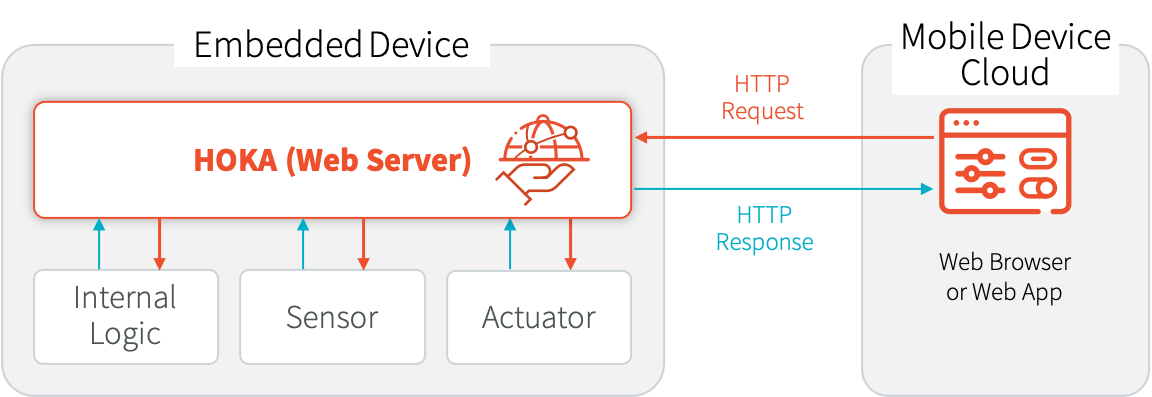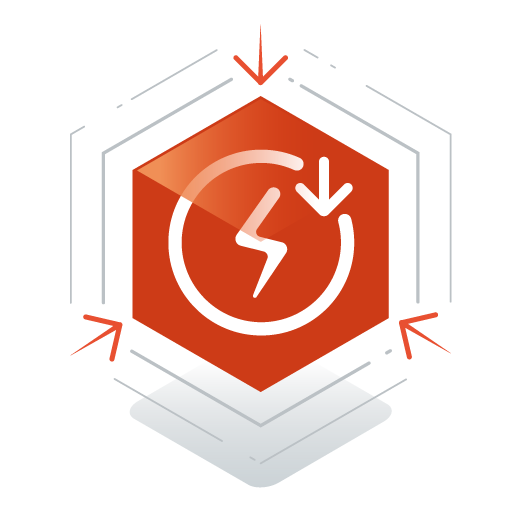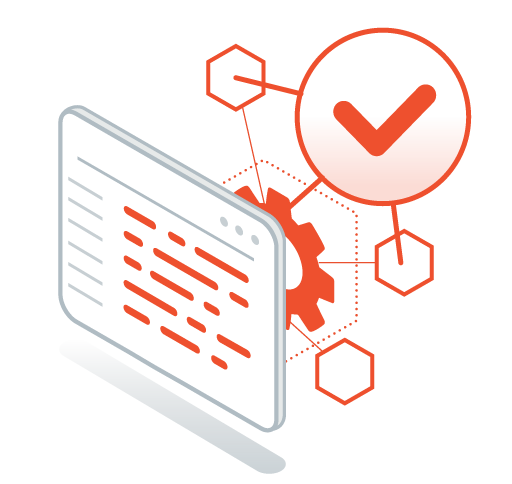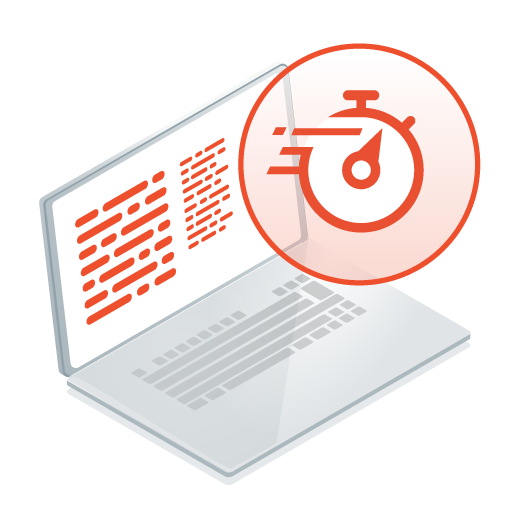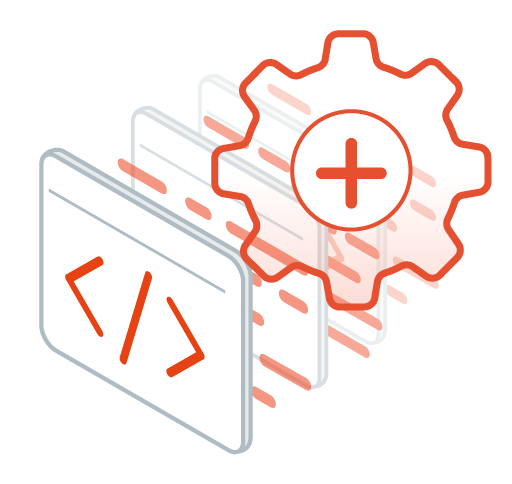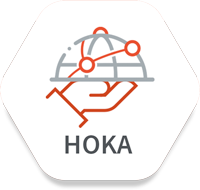 HOKA is an HTTP web server framework for embedded and IoT devices designed to enable the hosting of web services on resource-constrained devices. This framework is typically lightweight and efficient, making it ideal for use on devices with limited processing power, memory, and storage.
HOKA is an HTTP web server framework for embedded and IoT devices designed to enable the hosting of web services on resource-constrained devices. This framework is typically lightweight and efficient, making it ideal for use on devices with limited processing power, memory, and storage.
At its core, HOKA provides a simple HTTP web server that can handle incoming requests and respond with appropriate content. One of the key advantages of HOKA is its ability to enable remote management and monitoring of connected devices. This can be especially valuable in industrial or manufacturing settings, where it may be difficult or impractical to physically access every device.
HOKA HTTP Web Server includes:
- A comprehensive set of APIs and libraries for creating custom web services atop the server.
- Tools for handling network connectivity and security aspects, including HTTP cookies, user sessions, and authentication.
- Support for popular web protocols and formats like RESTful APIs, JSON, and XML, facilitating seamless integration with other web-based systems and services
Overall, HOKA provides a flexible and scalable solution for hosting web services on resource-constrained devices, enabling greater connectivity and remote management capabilities.


